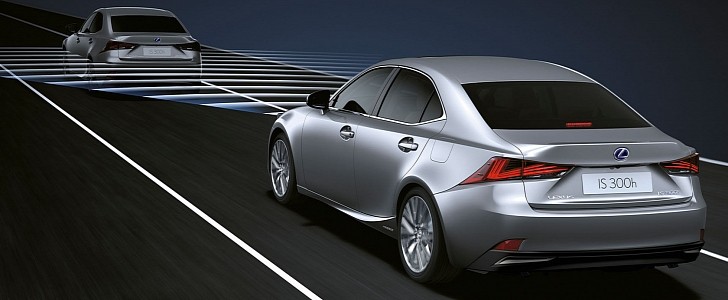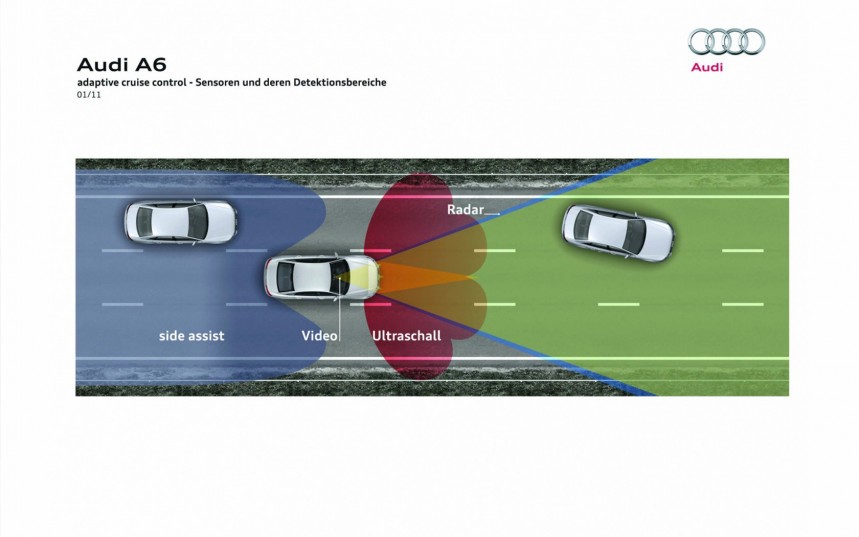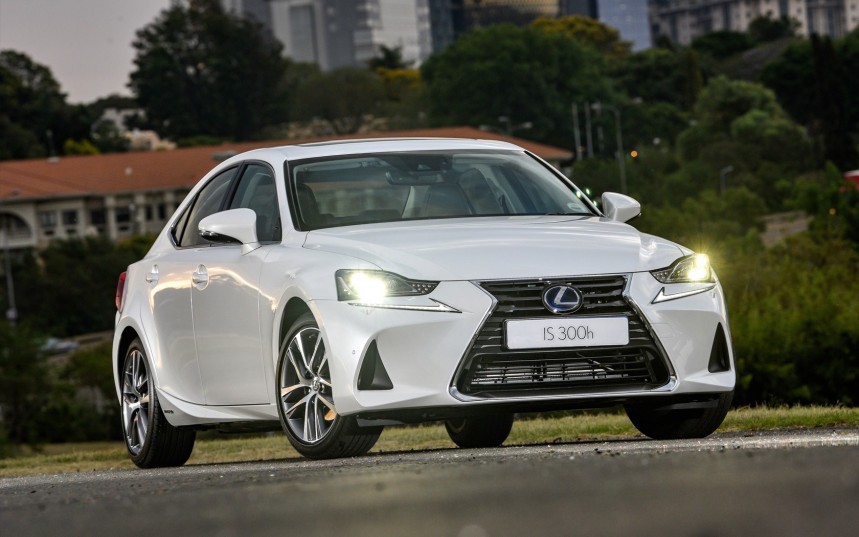As vehicles evolve, we are treated to technological innovations that may have seemed impossible fifty years ago. One such technology is the adaptive cruise control featured on modern-day vehicles.
Some people may think that this technology is equal to fully autonomous driving, which is not, but it is an important building block for the ultimate purpose of achieving it.
Adaptive Cruise Control has been given many different names by every manufacturer but all reference the same technology.
It is an advanced driver-assistance system that was built to increase safety by allowing road cars equipped with this feature to automatically adjust speed and keep a safe distance from vehicles ahead.
It works like basic cruise control systems. It allows the driver to set the desired travel speed which the vehicle maintains.
What this advanced assist has that conventional cruise control does not, is the ability to adapts the cruise speed to the situation by controlling braking and acceleration automatically.
This is made possible by the built-in information provided by sensors such as cameras, ultrasonic sensors, radars, or LiDAR systems that scan the traffic and send information to the on-board computer.
Using the steering wheel buttons, drivers can set the desired following distances between their vehicle and the one in front, and the car will keep that distance by slowing down or accelerating automatically, depending on the lead car’s behavior.
Manufacturers usually offer this technology in four different categories: full-speed range, Stop & Go, fully automated speed control, and partial cruise control.
The latter de-activates when the car drops below a certain speed. The full-speed range enables the car to be brought to a full stop and can only be re-activated by tapping the accelerator pedal.
The Stop & Go version allows the driver to stop the car completely and can automatically accelerate slowly after the brake pedal is released. This makes Adaptive Cruise Control suited for busy traffic. This feature is also sometimes referred to as Traffic Jam Assist.
Vehicles with fully automated speed control are more complex and are usually paired with other ultramodern active driving assists. They can respond to traffic signs, signals, and pedestrians, or other obstacles.
Adaptive Cruise Control can feature in a broader safety package and increases safety exponentially when used with other active driving assists like lane centering, traffic sign recognition, blind spot assist, pedestrian protection system, and many more.
Although these features add a certain level of autonomy to the car, all of them require that the driver be still alert and focused on the road. Many assist systems have integrated driving monitoring systems that follow the driver’s level of alertness.
There is no question that this technology is aimed at increasing safety, but the convenience factor cannot be understated.
Those of us who often find themselves trapped on a crowded highway, in rush hour traffic, will fully appreciate the benefits of Adaptive Cruise Control as it will decrease stress and fatigue and keep you more focused on the road.
We would like to remind you to drive safely, always be alert, and use this feature as an extra layer of protection to your attentiveness. Adaptive Cruise Control and all other similar assists do not make the car fully autonomous.
Adaptive Cruise Control has been given many different names by every manufacturer but all reference the same technology.
It is an advanced driver-assistance system that was built to increase safety by allowing road cars equipped with this feature to automatically adjust speed and keep a safe distance from vehicles ahead.
It works like basic cruise control systems. It allows the driver to set the desired travel speed which the vehicle maintains.
What this advanced assist has that conventional cruise control does not, is the ability to adapts the cruise speed to the situation by controlling braking and acceleration automatically.
Using the steering wheel buttons, drivers can set the desired following distances between their vehicle and the one in front, and the car will keep that distance by slowing down or accelerating automatically, depending on the lead car’s behavior.
Manufacturers usually offer this technology in four different categories: full-speed range, Stop & Go, fully automated speed control, and partial cruise control.
The latter de-activates when the car drops below a certain speed. The full-speed range enables the car to be brought to a full stop and can only be re-activated by tapping the accelerator pedal.
The Stop & Go version allows the driver to stop the car completely and can automatically accelerate slowly after the brake pedal is released. This makes Adaptive Cruise Control suited for busy traffic. This feature is also sometimes referred to as Traffic Jam Assist.
Vehicles with fully automated speed control are more complex and are usually paired with other ultramodern active driving assists. They can respond to traffic signs, signals, and pedestrians, or other obstacles.
Although these features add a certain level of autonomy to the car, all of them require that the driver be still alert and focused on the road. Many assist systems have integrated driving monitoring systems that follow the driver’s level of alertness.
There is no question that this technology is aimed at increasing safety, but the convenience factor cannot be understated.
Those of us who often find themselves trapped on a crowded highway, in rush hour traffic, will fully appreciate the benefits of Adaptive Cruise Control as it will decrease stress and fatigue and keep you more focused on the road.
We would like to remind you to drive safely, always be alert, and use this feature as an extra layer of protection to your attentiveness. Adaptive Cruise Control and all other similar assists do not make the car fully autonomous.








